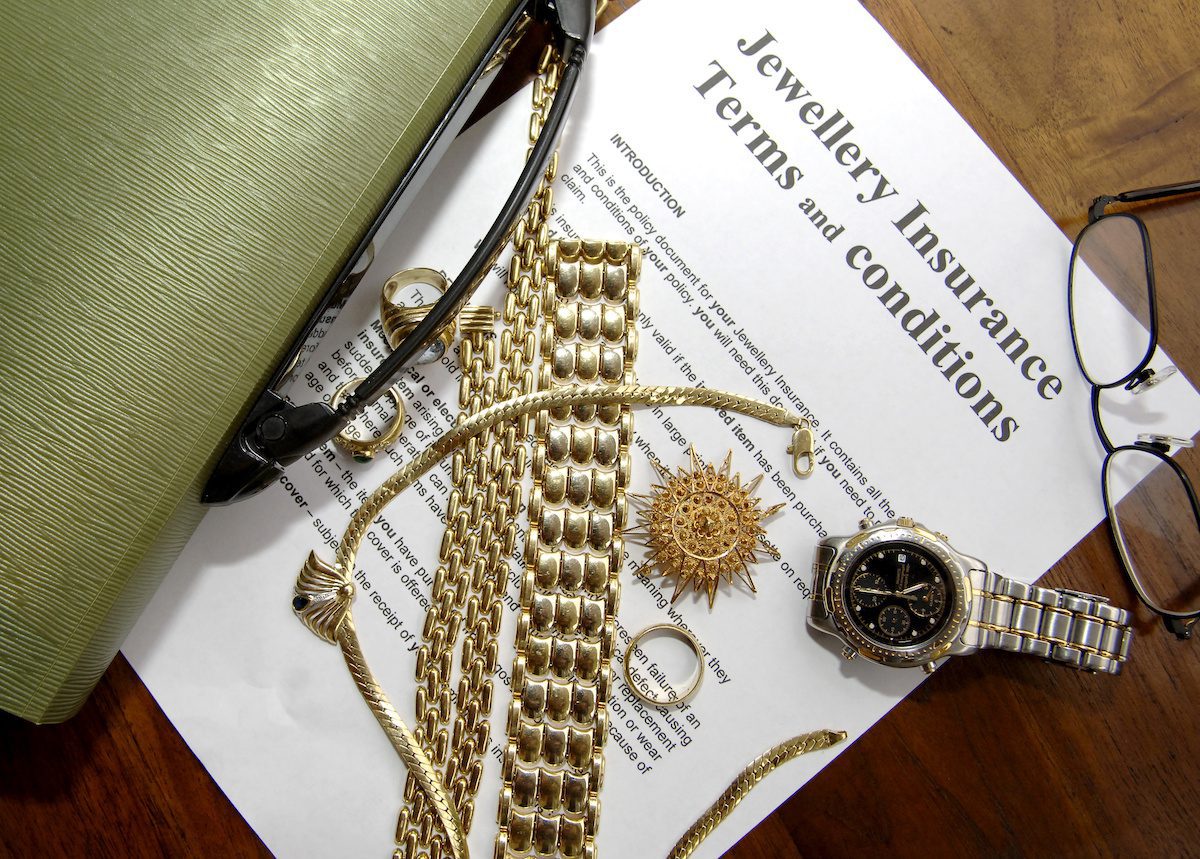Jewelry Insurance Basics

There are three basic ways to get jewelry insurance. Each has its advantages and drawbacks.
- As a rule, homeowner insurance or renter’s policy include coverage for the loss of personal property. But be aware that most policies will cap the maximum payout for all of jewelry – usually $1,500 to $2,500 – and only if it’s stolen or destroyed by fire or some other covered peril; it doesn’t cover loss or mysterious disappearance. Flush the ring down the toilet by accident and you’re SOL. And, you’ll also have to pay the deductible. This is generally the cheapest option.
- If you own jewelry that’s especially valuable, you can purchase a rider to your homeowner or renter policy that singles out specific items to provide additional coverage for them on an all-risks basis. If you don’t have homeowners or renters, you also have the option of buying a stand-alone all-risk policy for jewelry.
- You can buy blanket coverage that sets higher limits on a category like jewelry that doesn’t require that you declare each item’s value or provide appraisals, but it will probably cap the pay-out per incidence and you’ll have to prove to your insurance company that a) you actually owned the items and b) they’re worth what you say they’re worth.
The annual premium you pay for an all-risk jewelry rider or stand-alone policy is usually based on a percentage of the replacement cost. That’s why it’s really important to have your jewelry professionally appraised, especially if it was purchased back when gold was much cheaper. A good jewelry appraisal isn’t cheap (expect to fork over $100 to $200 per piece), but you’ll be glad you have it when your Rollex is lifted and the insurance company questions its value.
The cost of insuring jewelry will also depend on several factors including the size of deductible you’re willing to pay, whether you live in a city where the risk of theft is higher and whether you wear it frequently or store it in a safe deposit box.
As with all insurance, be sure to read the fine print on jewelry insurance coverage. One of the key things to look for is how the replacement will be made if a loss occurs. Many insurers will recommend a jeweler who will replace your item and bill your insurer directly. Some insurers may even choose what you get for a replacement. If your item is a branded piece — say from Tiffany or Harry Winston – or custom-made, you’ll want to be sure your appraisal specifies the origins and your policy says it will replace or reimburse accordingly.
If you file a claim for loss or theft, be prepared to be thoroughly investigated. There are plenty of people out there who claim losses for non-existent items, so keep receipts in a safe place, ideally with a picture of the item. Don’t neglect to read the Duties After Loss section of your policy, either. It will usually require that you file a police report. Don’t neglect that important step, because the insurance company will definitely check to see if you’ve done so and be suspicious if you haven’t.

 EINSURANCE
EINSURANCE EINSURANCE
EINSURANCE EINSURANCE
EINSURANCE EINSURANCE
EINSURANCE EINSURANCE
EINSURANCE